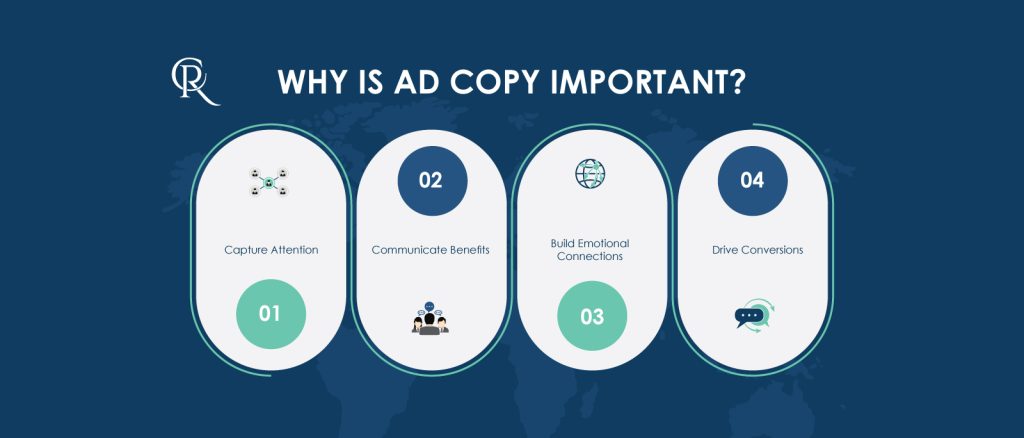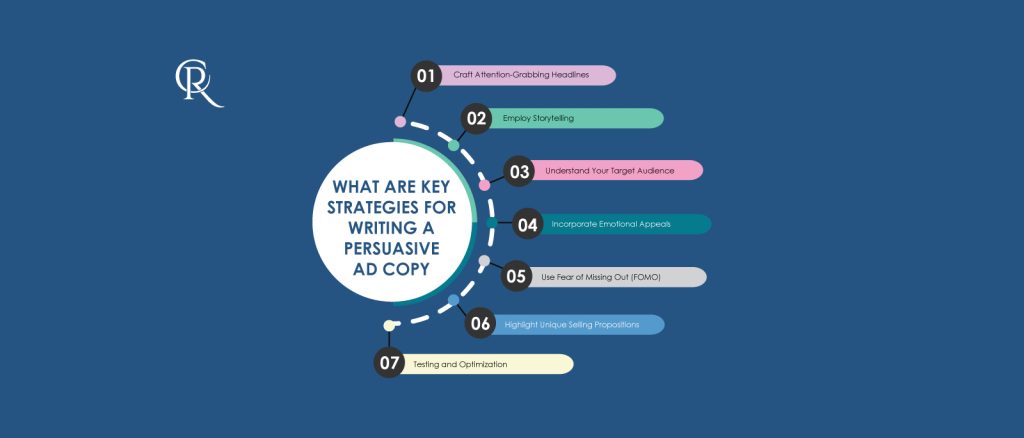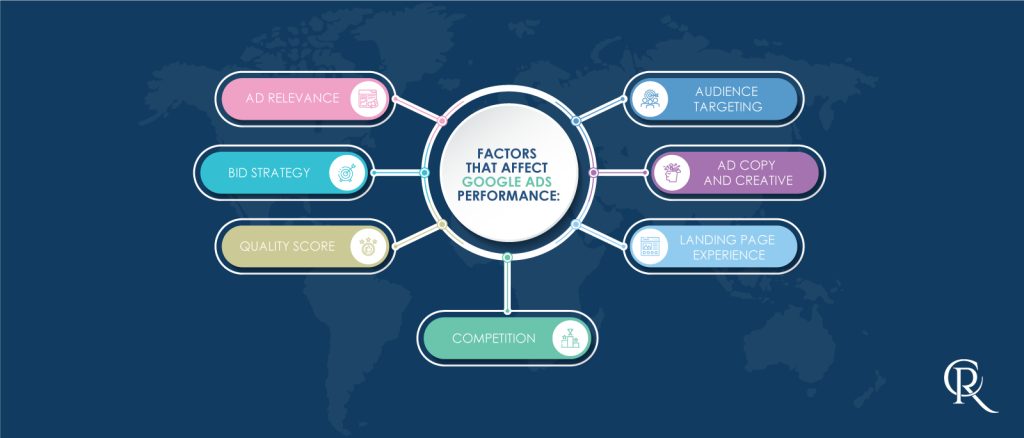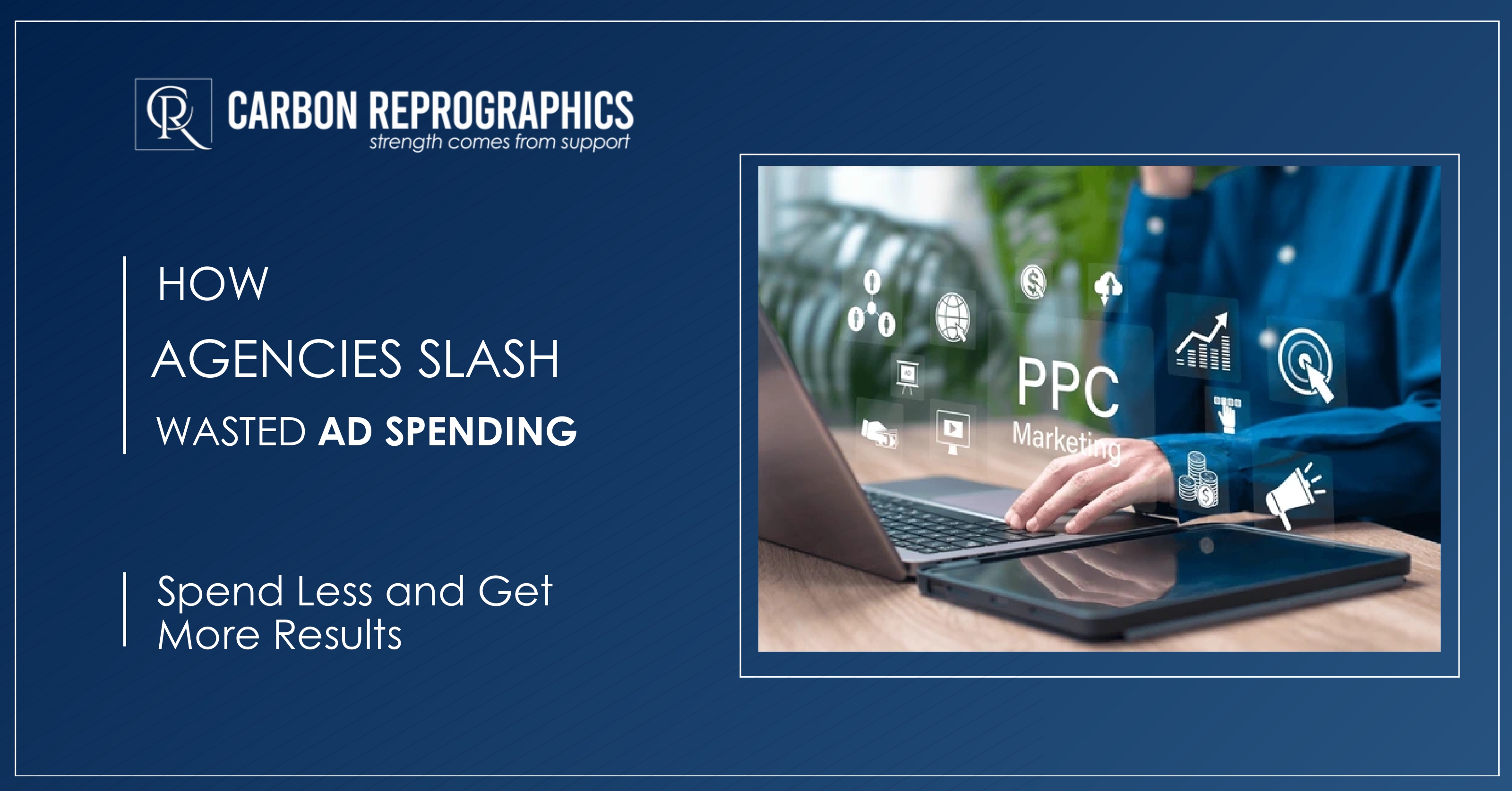Advertising has been a part of marketing strategy for a long time in the history of mankind. The world of advertising has been advancing day-by-day and commercials are being tailored to the thinking and needs of the audience’s desires. Now, marketing techniques involve writing a compelling and persuasive ad copy displayed on the internet so that its consumers are attracted to a specific product or service.
If you’re wondering how you will manage to write a cogent sales copy then no worries. This blog will cover all the basics to writing a compelling ad script for your brand.
What Is Ad Copy?
An advertising copy is the text used in advertising campaigns to promote a product/service of your brand. It is essential for your marketing strategy because it can make a significant impact on your overall brand’s promotional landscape. Infact, a potent sales pitcher can increase your number of sales more than usual significantly.
Importance of an Ad Copy
Persuasive ad copies are the backbone of your brand’s promotional campaigns. They can:
Capture Attention
If crafted correctly, your advertising copy can stand out in the advertising world and grab the consumer’s attention. This can be done by crafting attention-grabbing headlines and using compelling language, which makes your ad more memorable and impactful.
Communicate Benefits
Your promotional material should clearly coherent the benefits of your product/service, addressing the pain points and needs of your target audience. By highlighting the value you offer, you can convince your audience to prioritize your brand over the competition.

Build Emotional Connections
Successful marketing copy taps into the emotions of your target audience, creating a meaningful connection that goes beyond just the product or service. By incorporating emotional appeals, you can inspire your audience to take action.
Drive Conversions
The goal of your sales copy should be to drive the desired action, whether it’s making a purchase, signing up for a newsletter, or engaging with your brand. Crafting persuasive ad material that resonates with your audience can significantly improve your conversion rates.
Critical Elements of a Persuasive Ad Copy
A compelling marketing pitch has the following core elements in its body:
- Headline: A headline is the foremost and crucial element of a sales copy because the user sees it first. It should be concise, attention-grabbing, compelling, and clearly communicate the main benefit or offer.
- Subheadline: It comes after the headline and elaborates the ad message by providing additional context. It helps to further pique the reader’s interest and guide them through the ad.

- Body Copy: It is the main text of your ad. It provides context regarding the features, benefits, and value propositions of your brand’s product/service. It should be concise, conversational, lack vagueness, and engage with the reader.
- Call-to-Action (CTA): It is the action that you need the user to take either by purchasing a product/service, or going to your website. CTAs should be concise, persuasive, and strategically placed in the body of ad copy.
- Tone and Voice: Tone and voice affect the overall appearance of the ad’s body. It should be friendly and engaging. It should resonate with your brand’s personality and align with your target audience. It should be consistent throughout your advertising materials.
- Credibility Boosters: Credibility elements like social proofs, testimonials, and industrial certificates help to build trust and loyalty, thus making your ad pitch more convincing.
- Visuals: Compelling visuals, such as images, graphics, or videos, help to reinforce the message and create a more impactful and memorable experience for the reader.
Techniques to Write an Effective Advertising Copy
As mentioned earlier, an advertising copy can make or break your promotion campaign for your brand. But creating a sales pitch can be a daunting and overwhelming task. You need strategic thinking, creative writing, and brainstorming to write a convincing marketing ad. You can also use professional help for writing an ad copy for your brand’s advertising strategy. Some of the techniques to write a compelling advertising copy are as follow:
1. Craft Attention-Grabbing Headlines
Headlines are the most crucial part of an advertising pitch because it grabs the attention of the audience and can attract them to the main content. A well-crafted headline can mean the difference between a reader engaging with your ad or scrolling past it. You can create an attention-grabbing headline by using thought-provoking questions, making bold claims, leveraging specificity, incorporating personalization, and leveraging specificity.
2. Employ Storytelling
Storytelling is a powerful tool in ad copywriting, as it can create a more engaging and memorable experience for your audience. By incorporating narrative elements into your ad copy, you can tap into the emotions of your readers and establish a deeper connection with your brand.

3. Understand Your Target Audience
By thoroughly researching and analyzing your ideal customers, you can tailor your messaging to speak directly to their needs, pain points, and desires. You can identify your target audience by conducting market research to know about their insights, creating buyer personas, analyzing competitor insights, monitoring audience updates, staying up-to-date with industry trends, and continuously adapting to the audience’s preferences and needs.
4. Incorporate Emotional Appeals
Tap into the emotions of your audience by using language that evokes feelings such as excitement, fear, joy, or a sense of urgency. Emotional triggers can be powerful motivators for taking action. Emphasize relatable experiences and tell compelling stories that resonate on a personal level. Highlight the benefits and positive outcomes to inspire hope and anticipation. Use vivid imagery and descriptive language to paint a picture that captivates your audience. Remember, authenticity and sincerity in your message will strengthen the emotional connection.
5. Use Fear of Missing Out (FOMO)
FOMO can drive customers to act quickly, as people hate being left out and want to be part of the crowd. Highlight the limited availability and exclusive nature of your offer to create a buzz. Showcase how others are already benefiting, and make it clear that this opportunity won’t last forever. This sense of urgency can push potent customers to make a decision now rather than later.
6. Highlight Unique Selling Propositions
Clearly communicate what makes your product or service unique and why your audience should choose your brand over the competition. Emphasize the specific benefits and value you offer. Highlight any unique features or advantages that set you apart. Make use of testimonials and success stories to build credibility and trust.
7. Testing and Optimization
Continuously test and refine your advertising copy to identify the most effective elements. Track metrics such as click-through rates (CTR), conversion rates, and customer feedback to consistently improve your ad copy and achieve better results.
By mastering these techniques, you can create ad copy that captivates your audience, communicates your value proposition, and drives the desired action.
Common Mistakes To Avoid To Write Advertising Copy
When writing a convincing ad copy for your marketing campaign, you may encounter some challenges and are prone to make some errors. Below are some mistakes that you are most likely to make along with their solutions:
Lack of Clarity
Ensure that your sales copy clearly communicates the main message, benefits, and call-to-action. Avoid using jargon or overly complicated language that can confuse your audience.
Failure to Address Audience Needs
Your ad copy should focus on how your product/service can solve the pain points and meet the preferences of your target audience, rather than just highlighting your own features or accomplishments.

Inconsistent Branding
Ensure that your ad copywriting aligns with your overall brand identity, tone, and messaging. Inconsistencies can confuse and distract your audience.
Overuse of Superlative
While bold claims can be effective, excessive use of superlatives like “best,” “greatest,” or “most” can come across as inauthentic or even misleading.
Lack of Emotional Appeal
Incorporating emotional appeals is crucial for creating a connection with your audience. Ads that fail to tap into the emotions of the reader may struggle to drive engagement and conversions.
Weak or Unclear Call-to-Action
Your call-to-action should be compelling, specific, and easy for your audience to understand and act upon. Vague or unclear CTAs can hamper your conversion rates.
Lack of Credibility and Social Proof
Incorporating elements like testimonials, industry awards, or customer reviews can help build trust and credibility, which are essential for persuading your audience Resources for Learning Ad Copywriting.
FAQs:
How do I test the effectiveness of my ad copy?
You can test the effectiveness of your ad copy by A/B testing, analyzing metrics, gathering feedback and constructive criticism, and monitoring engagement such as likes, reviews, and comments.
Can I use humor in my ad copy?
Yes, humor can be an awe-inspiring tool in ad copy if it aligns with your brand and resonates with your audience. However, be mindful of your target audience’s desires as sometimes humor can be offensive or misunderstood.
How often should I update my ad copy?
Regularly review and update your advertisement to ensure it remains relevant and effective. This might involve seasonal changes, new product launches, or responding to shifts in market trends and consumer behavior.
What role does SEO play in ad copywriting?
Search Engine Optimization (SEO) can help your ad copywriting improve online visibility and reach. Using relevant keywords naturally in your sales pitch can enhance search engine rankings and organic traffic.
Are there any tools to help with sales copywriting?
Yes, tools are beneficial with sales copywriting because they improve the tone, message, and conciseness of your ad. Some of them are as follows:
- Grammarly
- Hemingway App
- Google AdWords Keyword Planning
- Coschedule Headline Analyzer
- A/B Testing Tools
What are power words, and how can they be incorporated in ad copy?
Power words are those words that target emotion in order to elicit robust responsive feedback from the user such as excitement, curiosity, or urgency. You can incorporate them in your ad copy by using the following strategies:
- Attention-grabbing Headlines
- Value Proposition
- CTAs
- Emotional Appeals
- Story Telling
- Social Proof




